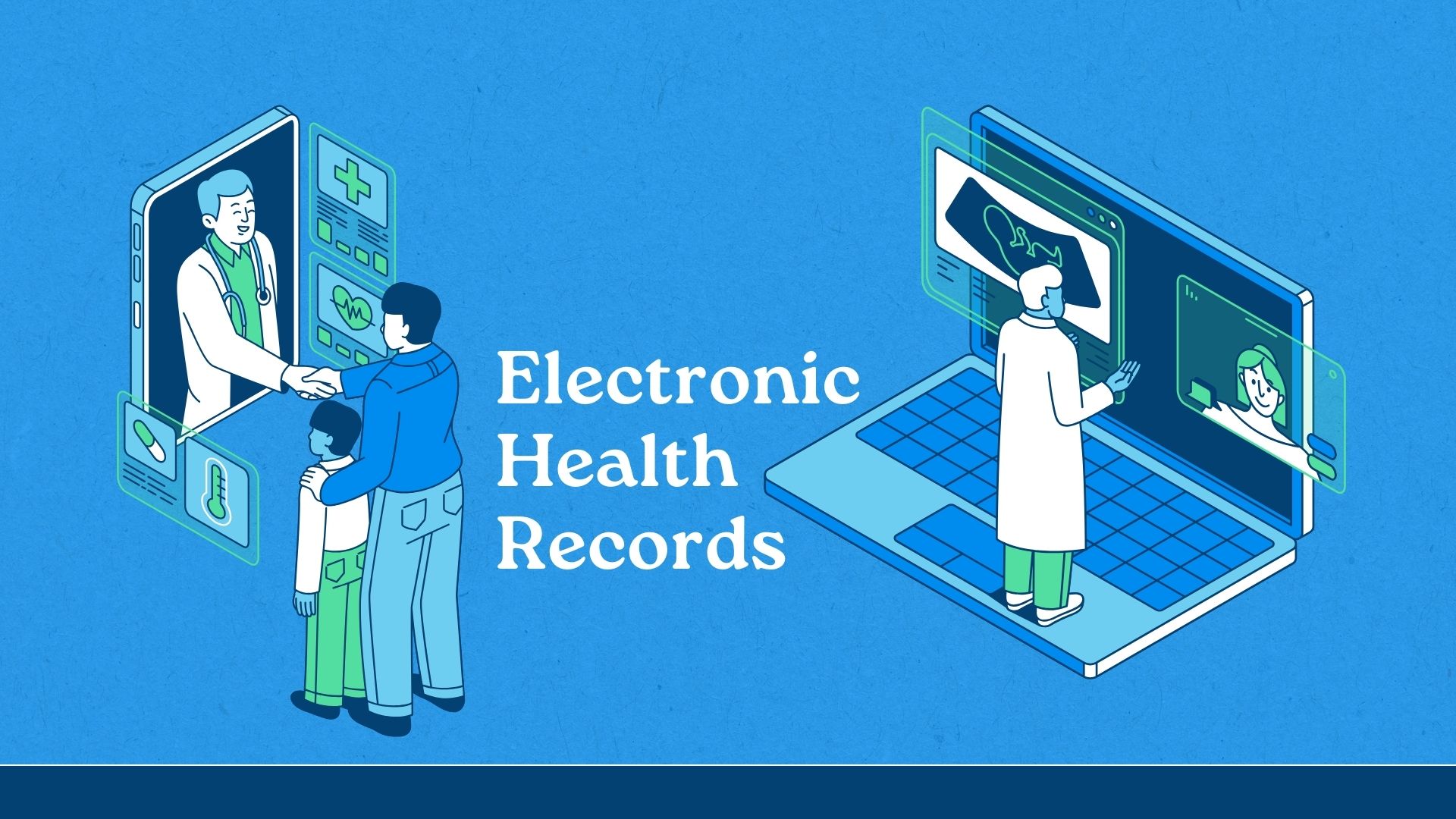Implementation of Electronic Health Records (EHR): Key Risks

Page Contents
The introduction of electronic health records (EHR) is becoming an essential trend in the development of modern healthcare. The transition to a unified digital document management system opens up significant opportunities for improving the efficiency of medical organizations. However, along with the apparent benefits, EHR implementation carries several potential risks that must be considered.
This article will discuss the main benefits of implementing electronic health records and possible challenges and threats during the transition to the new system. Special attention will be paid to minimizing and preventing risks by adequately managing the EHR implementation process. We will show that with the right approach, potential dangers can be minimized, and the benefits of digitalizing medical data will outweigh the possible costs.
Benefits of EHR implementation
Moving to a single digital patient record system promises several significant benefits for healthcare organizations:
- Electronic medical records significantly increase the efficiency of the treatment and diagnostic process due to doctors' prompt access to the patient's complete medical history.
- EHR systems help improve the quality of medical care by reducing the probability of errors and undesirable drug interactions.
- Electronic document management optimizes the work processes of medical staff, saving their time on routine operations.
- EHR improves information interaction between all specialists involved in patient care.
However, along with the undeniable benefits, specific cons of EHR system should also be kept in mind. Below, we will review the main ones.
Key Risks of EHR Implementation
Despite the apparent benefits, EHR implementation carries some potential risks that you should be aware of:
Technical system failures
One of the main risks is the possibility of EHR system malfunctions, leading to the loss or corruption of critical patient data. Such situations are unacceptable in medical practice, as they threaten the life and health of people.
Violations of personal data privacy
The electronic format of medical records potentially increases the risks of leakage and unauthorized access to patients' confidential personal data. It can lead to severe reputational losses and legal consequences for the medical institution.
Financial Risks
Implementing an EHR requires a significant initial investment in hardware, software, and training. There is a risk of incorrectly estimating the project budget and ROI timeframe.
Integration challenges
Integrating an EHR with other medical information systems already in use can be technically challenging and error-prone.
Staff resistance
Transitioning to a new digital EHR system may be met with resistance from medical staff accustomed to traditional paper-based workflows.
Underutilization of capabilities
There is a risk that once implemented, the potential of the EHR will not be fully utilized due to lack of training and staff reluctance to change their workflow.
Increased workload for staff
During the initial phase of EHR implementation, the workload of nursing staff increases significantly, which may lead to temporary inefficiencies and additional resistance.
Ways to minimize risks
While risks are present, they can be minimized with the right approach to EHR system implementation:
Careful planning
A thorough preliminary analysis of a medical center's business processes, needs, and specifics is necessary. Based on this analysis, an optimal EHR system that best fits the specifics of the organization is selected.
Select flexible solutions
The system should be scalable, with an open architecture and the ability to flexibly adjust to the institution's growing needs. It will allow you to expand functionality as your organization evolves.
Staff training and motivation
It is necessary to conduct comprehensive training for all medical staff on working in the EHR system in advance and motivate employees to switch to the new digital system with the help of pieces of training, instructions, and incentive payments.
Phased implementation
Gradual implementation of EHR (by departments and clinics) will allow us to methodically debug all processes and avoid system failures due to one-step replacement of the previous system.
Development of IS regulations
All necessary regulations and instructions for EHR information security must be developed, documented, and implemented in detail.
Create continuity plans
Scenarios for various EHR emergencies must be defined and practiced in advance to ensure continuity of care.
Engage experts
Engaging experienced third-party consultants with successful EHR implementation experience in similar healthcare organizations is advisable.
System maintenance and development
Ongoing technical support, regular technical updates, and expansion of EHR functionality are required to maintain the system's high efficiency.
General guidelines for EHR data quality assurance
Implementing an EHR fundamentally changes the way an organization manages health data. When transitioning to electronic systems, ensuring high-quality and valid data is critical. To accomplish this, it is recommended that you implement the following measures:
- Assign responsible staff members to review patient medical records regularly and randomly for errors, inaccuracies, and incomplete information.
- Implement automated tools to monitor data integrity and timely detection of duplicate or inconsistent information.
- Conduct regular audits of EHR access logs to identify potential information security incidents.
- Systematically analyze complaints from nursing staff about incorrect data and identify causes.
- Organize data backup and regular testing of data recovery procedures.
Implementing such measures will allow us to constantly monitor the quality of data in the electronic health records and detect problems that must be addressed promptly.
Conclusion
The transition to electronic medical records is essential in developing the modern healthcare system. EHR systems open new opportunities to improve the quality and safety of medical care. However, introducing electronic document management is also associated with specific technical, organizational, and financial risks.
The main thing is to understand these risks and take measures to minimize them at all stages of the system life cycle. With a competent approach and careful preparation of the implementation process, the benefits of EHR will significantly outweigh all possible difficulties of the transition period. Electronic document management will become a reliable basis for improving the quality of medical services and the efficiency of healthcare institutions.




